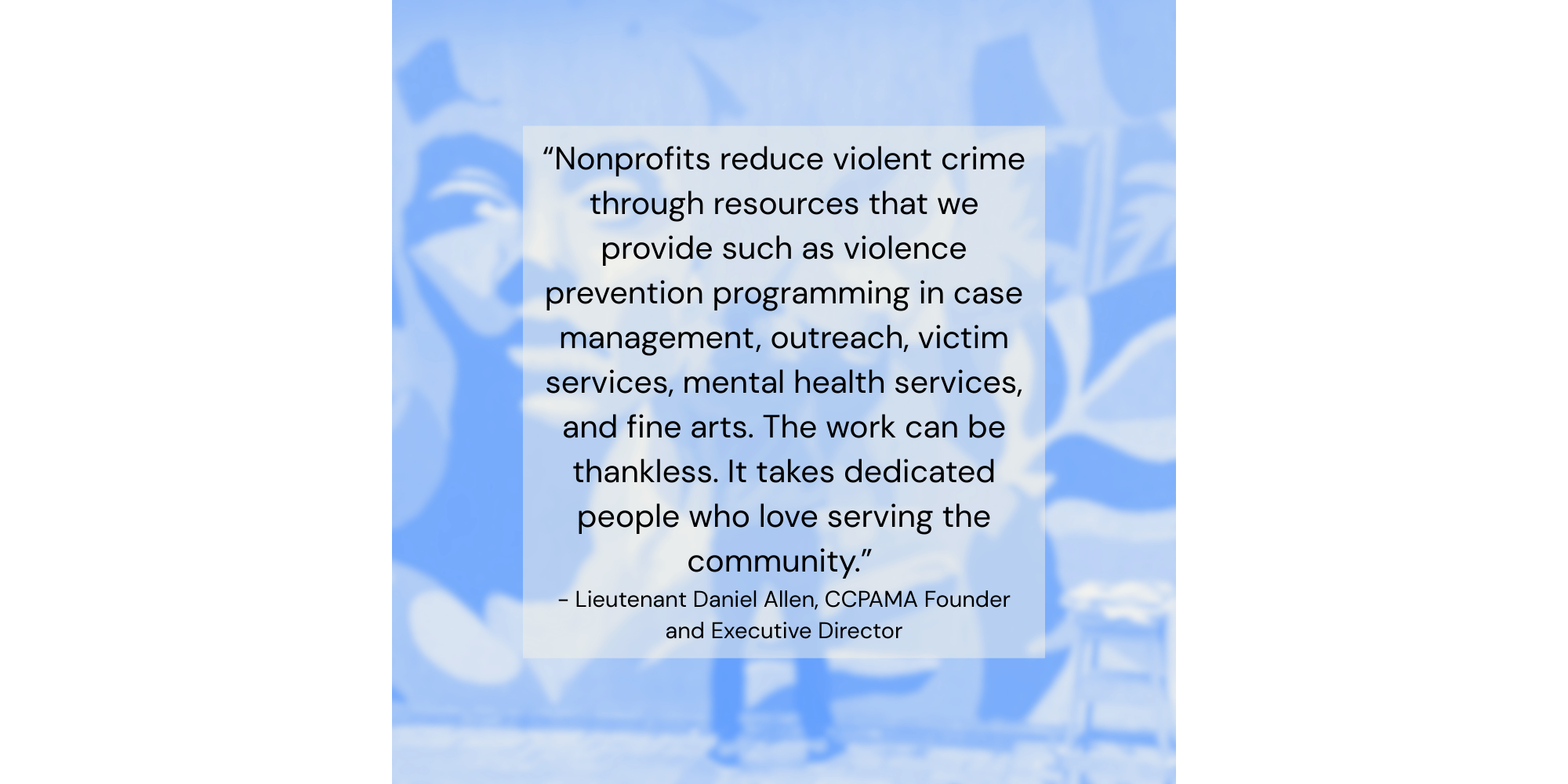Behind the Numbers: How Nonprofits Support Chicago’s Drop in Violence
Violent crime is falling across the United States. In Chicago, the University of Chicago Crime Lab reports homicides are down about 7 percent this year, and non-fatal shootings have dropped nearly 4 percent. These numbers point to real progress and a growing sense of hope.
That progress didn’t just happen. Beneath the statistics are the steady, often unseen efforts of afterschool programs that keep young people engaged, reentry programs that offer stability to returning citizens, and street outreach workers who intervene before conflict turns deadly. These efforts often come from determined nonprofits deeply rooted in the communities they serve.
Challenges Ahead
But even as their impact is recognized, these organizations face new challenges, including decreased funding and uncertainty amidst growing demand for services. To keep going, nonprofits need more than good programming. They need strong systems for fundraising, boards that provide real leadership, and the ability to tell their story in a way that brings new supporters to the table.
At CVNC we recognize these pain points. We are grateful to partner with organizations in Chicago’s South and West sides, helping them strengthen the foundation of their work so they can continue to make a difference where it matters most.
Community Hubs for Healing and Safety
In neighborhoods like Austin and Garfield Park, the path to safer streets often runs through community hubs where creativity, connection, and opportunity meet. Chicago Cultural Performing Arts & Media Alliance (CCPAMA) is one such place. Founded by retired Chicago Police Department Lieutenant Daniel Allen, CCPAMA uses arts and cultural programming as tools for connection, healing, and violence prevention. Allen has seen up close how local organizations shape safety in ways the numbers alone can’t capture.
“Nonprofits reduce violent crime through resources that we provide such as violence prevention programming in case management, outreach, victim services, mental health services, and fine arts,” Allen explains. “The work can be thankless. It takes dedicated people who love serving the community.”
The Power of Partnership
For him, the impact is not abstract. Lieutenant Allen recalls one event CCPAMA co-hosted with the 11th District Community Policing office and Black Men United, where they shut down the busy intersection of Madison and Pulaski. “We provided free resources such as food, clothing, and furniture,” Allen says. “People could also enroll in services like job training. During the event no crime was reported in an area known for high crime.” For a day, the corner was transformed from a hotspot into a gathering place.
Allen is clear-eyed about what it takes to sustain this work. His advice to other organizations: collaborate. “Collaboration helps nonprofits increase funding and visibility,” he says.
CVNC provides a space for that collaboration. Through our Neighborhood Collective, CCPAMA has strengthened its fundraising, board leadership, and storytelling, allowing it to expand its reach and deepen its impact.
The statistics affirm what we see every day: when nonprofits have strong internal systems, engaged boards, and the ability to tell their stories effectively, their programs can reach more people and deliver greater impact. This is the kind of behind-the-scenes capacity support the Neighborhood Collective provides—so organizations can focus on what they do best: building stronger, safer, and more vibrant neighborhoods.

